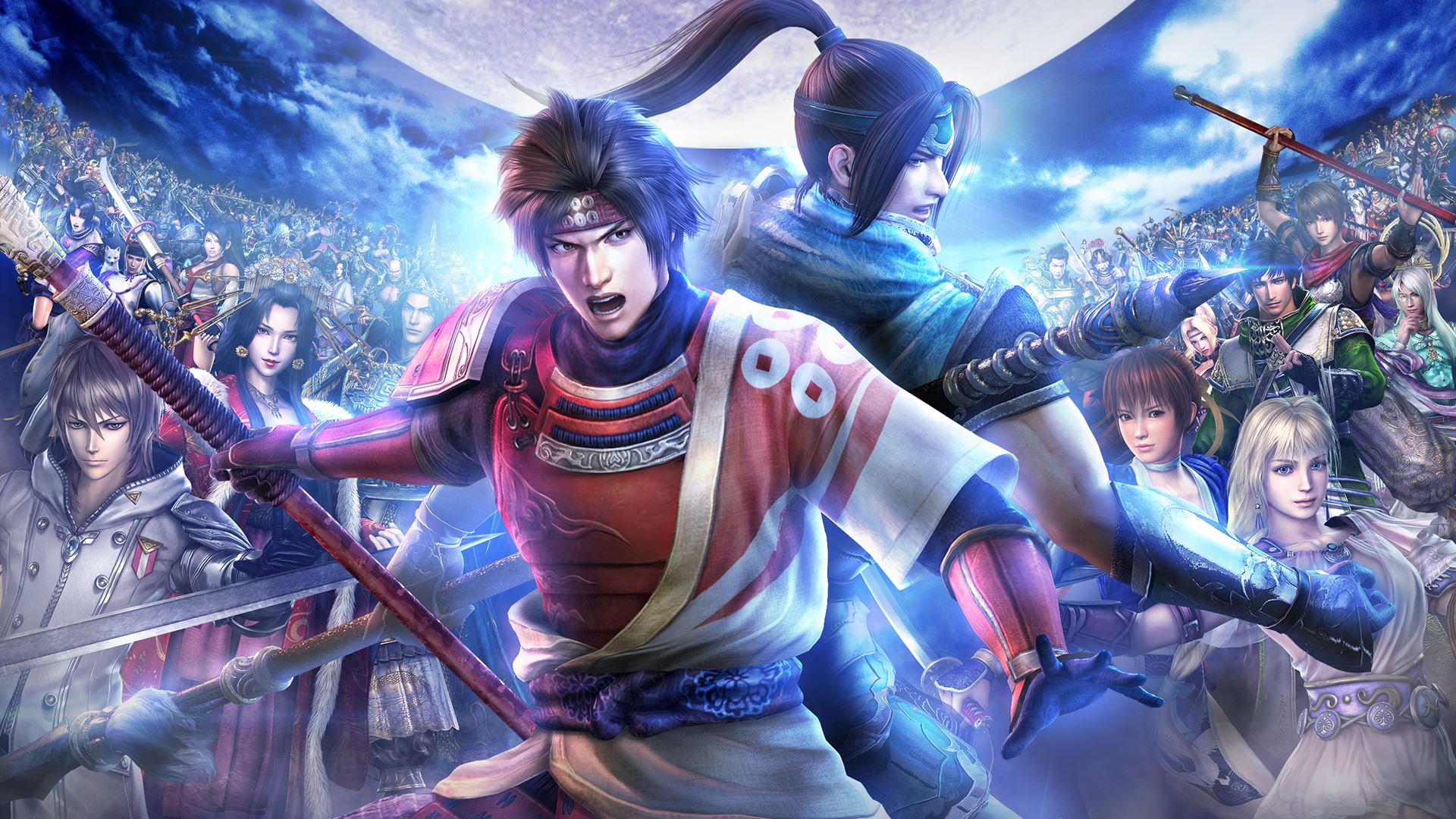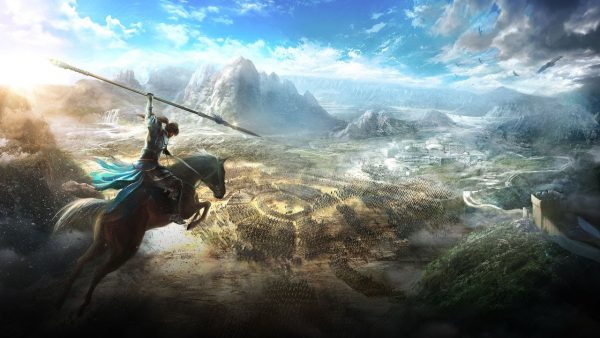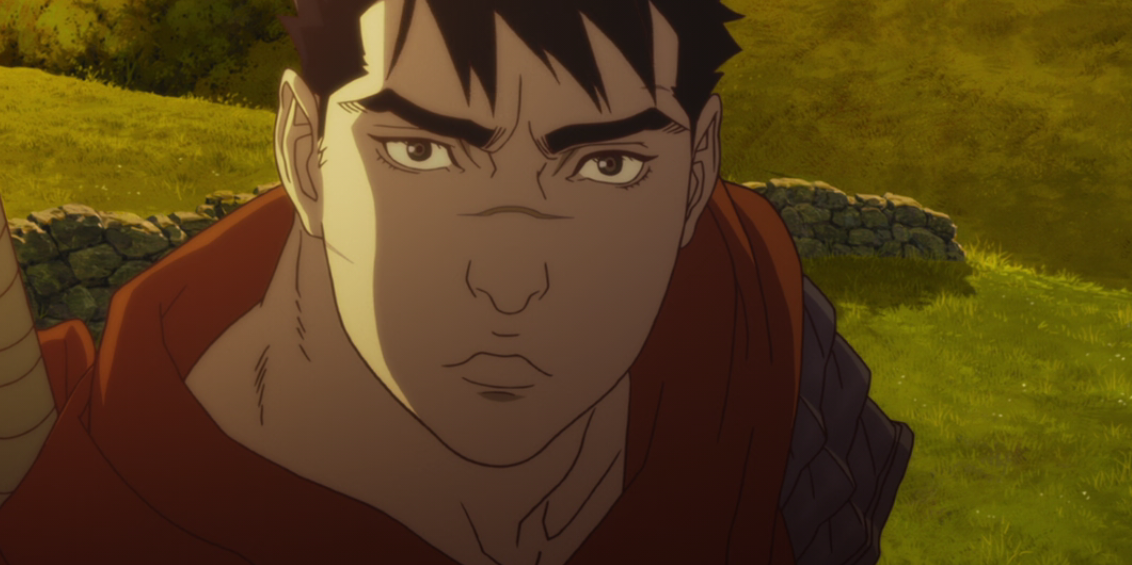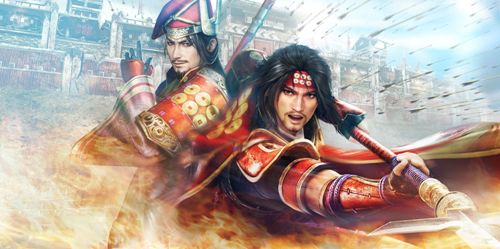
The Samurai Warriors series has seen many spin-offs and expansions over the years. As well as sharing the spotlight with its Dynasty Warriors counterpart in Warriors Orochi, other notable spin-offs include the Chronicles and Katana titles and the Empires and Xtreme Legends expansions. Samurai Warriors: Spirit of Sanada is mostly a reimagined version of Samurai Warriors 4, but it takes a new direction which breathes new life into the series and will appeal to fans.
Unlike previous games that have focused on various factions or a few dozen individual characters from Japan’s Sengoku period, Spirit of Sanada has been designed to focus on the story of the Sanada clan. Players will start the game as famed strategist Masayuki Sanada, and then later assume the role of fan favourite Yukimura Sanada. The game spans across 45 years, featuring battles from the early Takeda and Uesugi clan rivalry, right up to the Tokugawa Osaka Campaign. This new focus has allowed developer Omega Force to achieve greater character development, as now players are given a more detailed view of why the different factions are fighting and their general motivations. Mid-way through conversations you can even pull up a handy glossary, giving extra information about locations, persons of interest and items. Fans who are familiar with the stories will feel right at home and enjoy the extra detail, though newcomers may become a little lost amongst the menus and large cast of characters.
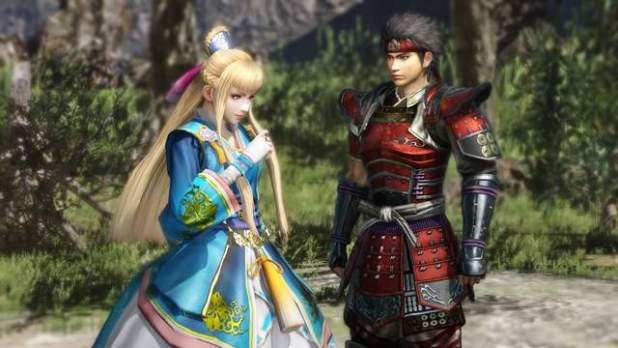
At its core Spirit of Sanada still features the classic one vs. one thousand hack and slash gameplay that the Warriors titles are known for. Each character has their own unique weapon and players create combos of weak and strong attacks, literally defeating thousands of enemies on the battlefield. Players can also slowly fill a Musou Gauge, which lets them unleash a devastating special attack. During battles players are assigned secondary objectives, which usually entail defeating a specific enemy officer, protecting an ally or defeating a certain number of opponents within a time limit. As with all Warriors games this gameplay can get repetitive during longer play sessions, yet there’s also a strange sense of satisfaction from being this ungodly force of destruction.
Spirit of Sanada also introduces a few new mechanics. Firstly, stages now feature a day/night cycle. During the night your mini map will not display the locations of enemies, presenting a game of cat and mouse as you try to locate targets. Some secondary objectives will also require you to complete missions before daybreak/sunset and avoid alerting enemy camps of your intended ambush. Another new mechanic are Stratagems, which allows you to call reinforcements to the battlefield to protect allies or hinder opponents. This can make completing secondary objectives easier and change the tide of battle. There are some limitations in place to maintain balance, namely stratagems can only be performed during specific objectives and they will cost the player one Sanada coin. The coins are obtained by completing special story-based missions and events, so players must be cautious in deciding if they use the coins in their current battle or save them for future use. While these mechanics are relatively minor inclusions, they add novelty and a breath of fresh air to the standard one vs. one thousand formula.
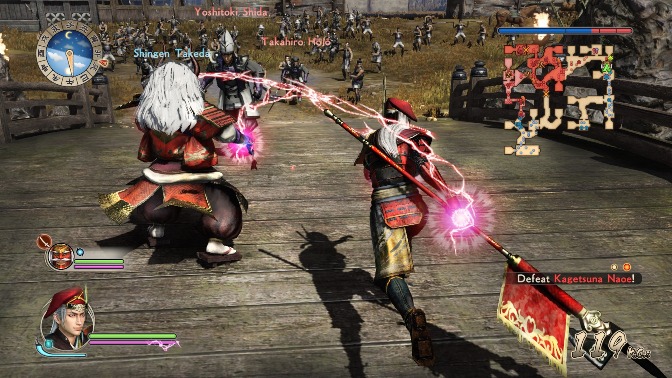
Spirit of Sanada also introduces new Multi-Stage Battles, which break down story events into multiple, smaller stages instead of one larger conflict. This has allowed Omega Force to again focus more on the story and give you a better idea of what actually occurred in history rather than condense it to a few sentences and skip bits and pieces. Another benefit is that this gives you shorter bursts of action, so your fingers won’t get as tired from the constant button mashing. Secondary Battles are also showcased, allowing players to fight in battles that the Sanada were not involved in, such as the Azai and Oda conflicts.
Returning from Samurai Warriors 4 (and introduced in Chronicles) is the ability to switch between multiple characters on the battlefield, allowing you to cover more ground, reduce backtracking and control characters that are not from the Sanada clan. When left alone the AI does a reasonable job of prioritising other objectives when you’re occupied with something else. For example, if you have to defeat two opponents which are on different sides of the map, the AI will go towards the target you are not currently engaged with. There are the occasional snags where the AI will encounter a non-objective enemy officer and suddenly become “stuck”, so you will have to switch back to that character to defeat the officer. Thankfully these instances are far and few between. It’s worth mentioning that due to the decreased scale of the stages, there will be times where you will fight solo and won’t have the option of switching between characters.
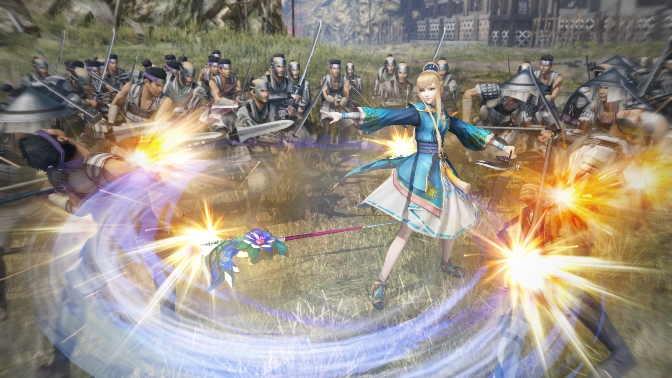
Hub towns have been done before in Warriors games, and usually they’re a bare bones affair with little to no value other than letting you manage equipment. Spirit of Sanada’s Castle Towns however offer a more pleasing experience. You can chat to characters, power up your weapons at a blacksmith, purchase items from a shop, complete side quests and even partake in some mini-games to acquire items. Over the events of the story the Castle Town will expand, opening up even more options to players. Those who find hub worlds boring will be pleased to know you can largely skip through most of the side quests and chatter to get straight back to the action, but those who take time to invest themselves in the town’s atmosphere will be rewarded with some insight to the story and a much welcome break from button mashing.
In recent years many of the Warriors games have only featured Japanese voiceovers and Spirit of Sanada is no exception. It’s a shame as a lot of story content is revealed while in the heat of battle, and often it’s very distracting to read long dialog text while fighting opponents. There is a battle log option which lets you review any spoken dialog, but it hurts the flow of combat if you’re constantly pausing the game to read it!
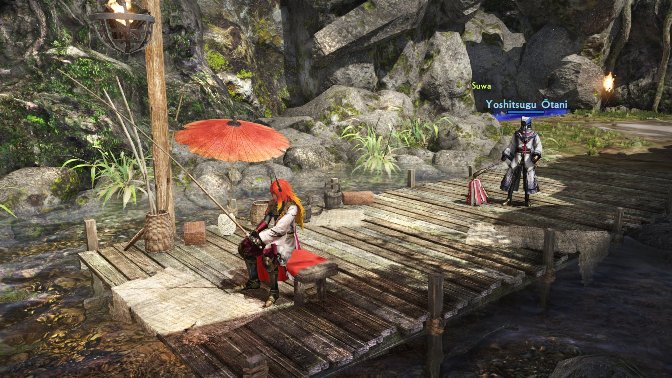
While the game is by no means the ugliest title on the market, the Warriors engine is beginning to show its age. There’s often dips in framerates when large objects are destroyed, animations are stiff and rough around the edges, and just in general there’s nothing that will leave you awe-inspired. Considering this game was also ported to the PS3 in Japan, it’s obvious that some concessions were made to get it running on both systems. It would be great if Omega Force could develop a fully dedicated current-gen game for the Samurai Warriors series.
Samurai Warriors: Spirit of Sanada does a great job of distinguishing itself from other Warriors games. It has stronger character development, a bigger focus on story, a Castle Town that’s actually interesting to explore, and there are few new gameplay mechanics that freshen up the standard one vs. one thousand formula. There are some faults which prevent it from becoming a truly standout title, but it’s a no-brainer for fans and those who are interested the Sengoku era of Japan.
- Strong focus on story and character development - Satisfying being an ungodly force on the battlefield - Castle Town is an appealing hub world
- AI can get "stuck" when left alone - No English voice-over option - Graphics engine is starting to show its age


